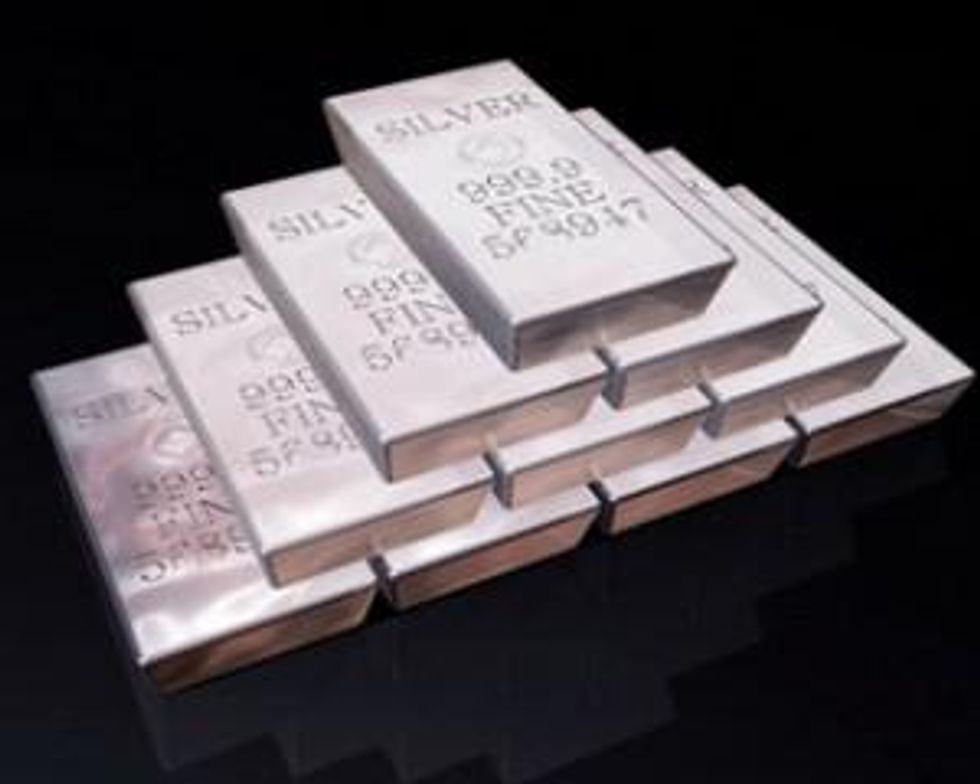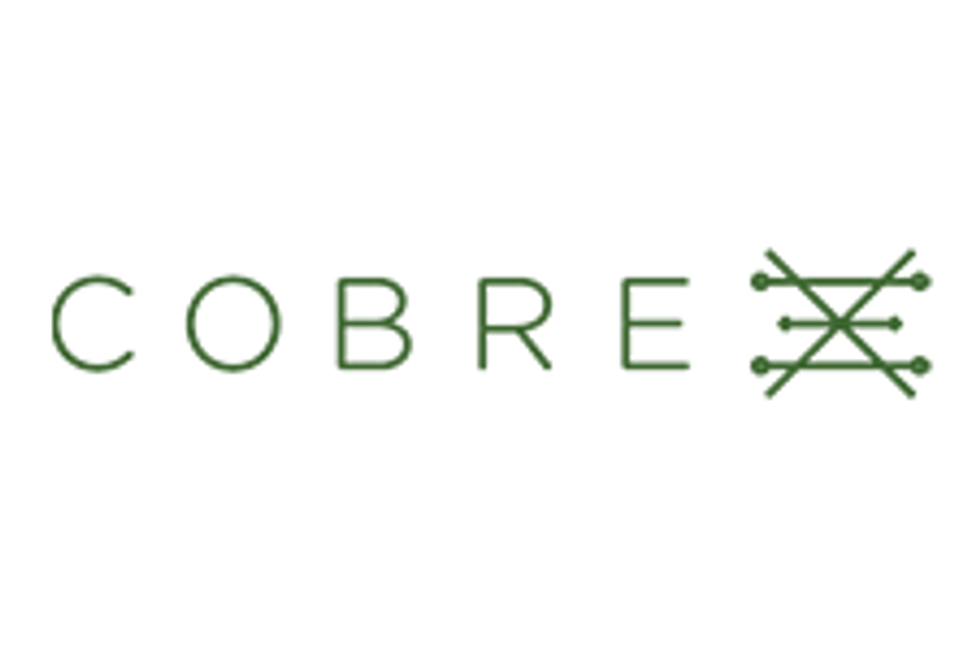Physically-backed ETFs tend to be the most popular alternative to buying metal, but Q3 revealed that it’s not always the most profitable.
At one time, silver investors looking for an alternative to outright metal purchases had little choice other than buying individual mining stocks. Today, investors have the option of investing in a miner ETF, which conveniently bundles companies and sells shares in the group. But most people looking for alternatives flock instead to physically-backed ETFs. These investment vehicles provide exposure to metal prices, but do not require investors to share mining companies’ risks — a highly attractive proposition for many market participants.
The largest silver ETF, the iShares Silver Trust (ARCA:SLV), has a market cap of $10.95 billion, whereas the largest silver miner ETF, Global X Silver Miners (ARCA:SIL), has a market cap of $377 million.
But the third quarter proved that taking the route less traveled can be considerably more rewarding. In Q3, silver miner ETFs outperformed metal prices and physically-backed ETFs.
As of October 1, SLV had three-month gains slightly over 26 percent. SIL’s gains for the period were nearly 35 percent and iShares Global Silver Miners (ARCA:SLVP) was up over 34 percent.
This year, many investors considered silver mining stocks extremely undervalued. Whether investors would return to snap up mining shares and what would prompt them to do so have been long-running questions.
Investors who buy mining stocks often do so as a leveraged bet on silver prices. It is little wonder then that central banks were a key driver of silver miner ETFs’ strong performance in the third quarter. Though current market conditions may have obscured the memory a bit, at the beginning of the last quarter silver was in the red and investors were on the sidelines. In August, there was a notable shift in sentiment and investors returned to play.
Anticipation that the European Central Bank and the Federal Reserve would intervene in the markets and the generous programs that confirmed these expectations not only turned the tide among physical investors, but also among silver miner ETF investors. The rewards were more attractive for the latter. According to ETF Trends, SIL was a top performer among all types of ETFs in September.
SIL is a much larger fund than SLVP, which has a market cap of only about $2.38 million. The larger ETF has been around since 2010, but SLVP was introduced to the market earlier this year. While investors are clearly showing a preference for SIL, eight of the top 10 holdings in both ETFs include the same companies, but represent different percentages.
Both funds also provide exposure to the full gamut of silver companies. That may initially be a turn off for some investors since junior miners have a reputation for extreme volatility that many find unappealing. Some market veterans even warn that the junior mining sector is unsuitable for most silver investors.
But there are two things that increase the appeal of silver miner ETFs for those who want to invest in silver companies. First, advisers admit that when good selections are made, junior miners can offer highly attractive returns. Second, the way these funds weigh juniors compared to how they weigh larger companies significantly reduces risks while still providing diversity.
At last on Monday SIL was up 0.88 percent and SLVP was up 0.67 percent.
Securities Disclosure: I, Michelle Smith, do not hold equity interests in any of the companies mentioned in this article.




